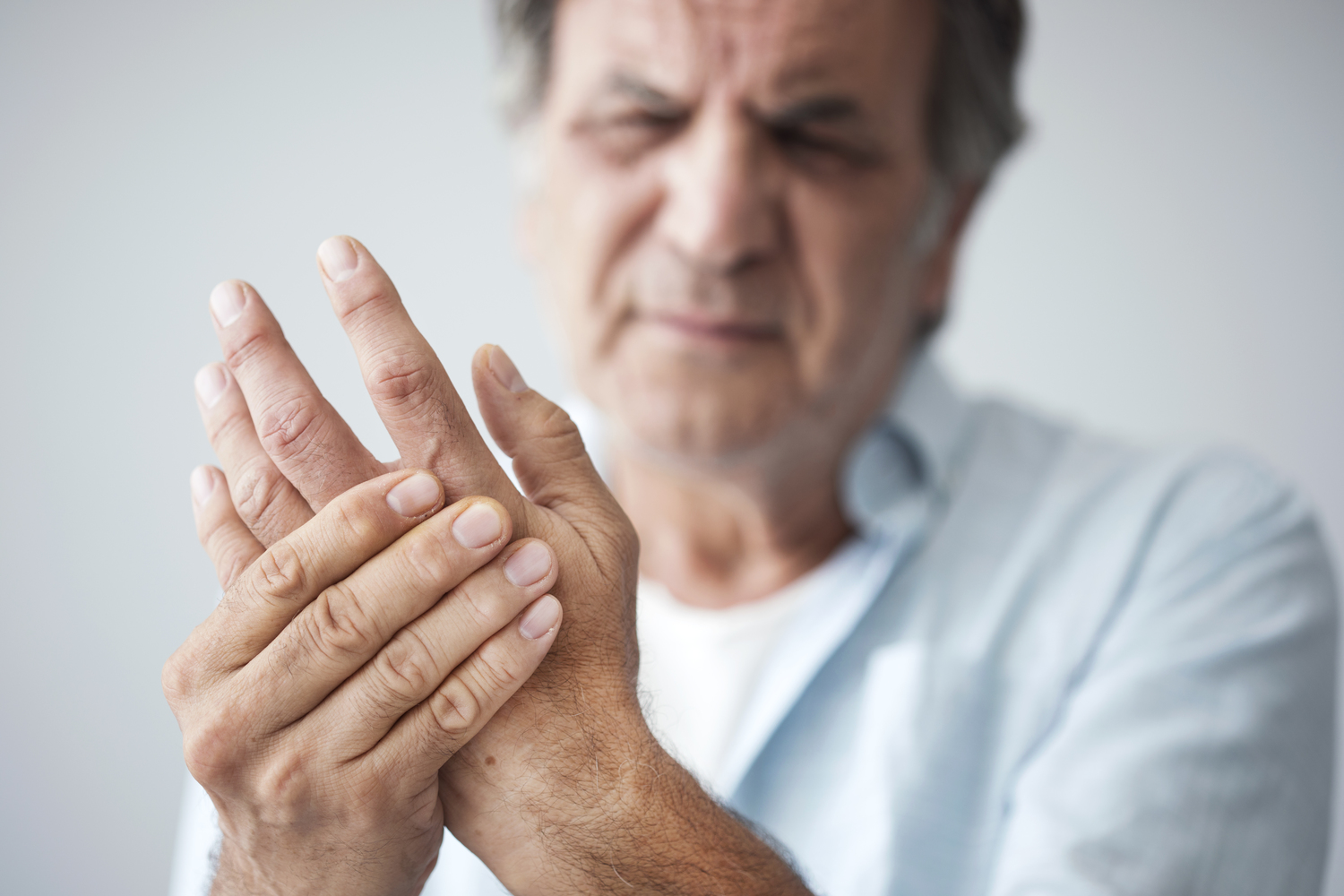
All you need to know about Psoriatic Arthritis
About 30% of psoriasis cases will develop psoriatic arthritis. This form of psoriasis causes stiffness, swelling, and pain in and around the joints. It appears equally among men and women.
Like psoriasis, psoriatic arthritis is chronic; it causes inflammation in the joints and where ligaments and tendons connect to the bone. The inflammation is caused by a disorder of the immune system. Psoriatic arthritis appears mostly between the ages of 30 and 50 but can occur at any age. Psoriatic arthritis develops approximately 10 years after the onset of psoriasis. However, there have been cases of psoriatic arthritis without any signs or psoriasis.
Psoriatic arthritis is unpredictable; it can occur slowly with mild symptoms, or it can develop swiftly and become serious in a short span of time.
The fundamental cause of psoriatic arthritis is thought to be genetics. Being obese and having some other form of psoriasis are other the risk factors.
The standard symptom of psoriatic arthritis is swelling of the entire finger or toe. The swollen finger and toe resemble sausages, a condition called dactylitis. Dactylitis affects fingers and toes at random, not in a symmetrical manner. The swelling is often accompanied by changes to the nails, nails get a pitted appearance, nails thicken, and nails get detached from the nail bed. These are typical of nail psoriasis. Skin changes also occur, with red, itchy and scaly patches developing even before the onset of psoriatic arthritis. In about 15% of cases, psoriatic arthritis precedes the rash. Another symptom unique to psoriatic arthritis is enthesitis. This is the inflammation of the site where tendons attach themselves to the bone, specifically, the heels, spine, ribs, and pelvis.
Other symptoms include:
- Throbbing, tenderness, swelling and stiffness in one or more joints
- Reduced range of motion of joints
- Morning tiredness and stiffness
- Fatigue
- Tenderness, swelling, and pain in the tendons
- Redness and pain in the eye which is called uveitis
The visible symptoms and a physical examination will be done to start the diagnostic process. Any previous history that involved psoriasis will be noted. Other tests used are X-rays and MRI scans of the joints that have symptoms, and blood tests. The symptoms of psoriatic arthritis are similar to three other forms of arthritis – rheumatoid, reactive and gout. It is important to rule out all other forms of arthritis. The appearance of the skin is unique to psoriatic arthritis. It is very unlikely that a patient has both psoriatic arthritis and rheumatoid arthritis.
Psoriatic arthritis is non-curable. Addressing this disorder is all about managing the symptoms – protect the joints and preserve the range of motion, lessens pain, and arrests the progression of the disease.
A typical treatment for psoriatic arthritis includes:
- Patient education lets the patient learn more about the disease so that the patient can make informed choices.
- Exercise and rest, both in the right proportion; exercise to ease pain and rest when psoriatic arthritis flares up.
- Medicine include non-steroidal anti-inflammatory drugs (NSAIDs), corticosteroids, methotrexate, and injectable biologics.
- Physical therapy helps with reducing pain and helps with making everyday tasks easier.
- Surgery is meant for badly damaged joints to reduce pain and help with making movement easier.
- Devices to protect joints help in protecting the joints from further damage.
Early diagnosis and treatment is the key to better outcomes. Treatment can reduce pain, stop the deterioration of affected joints, and stop the progress of the disease, allowing the patient to have a better quality of life.


